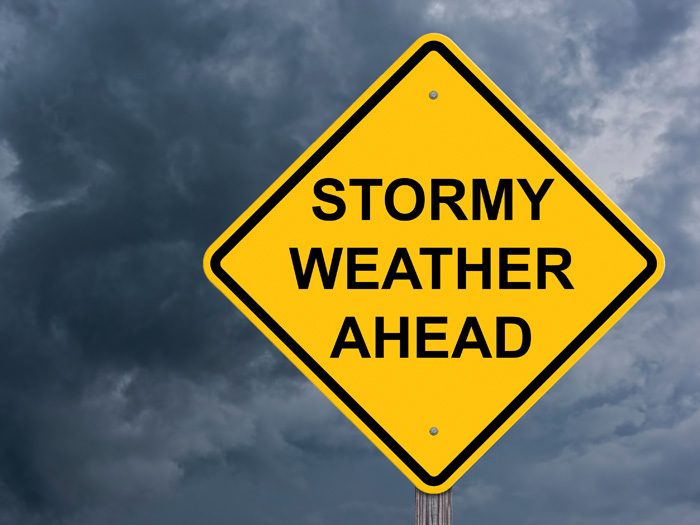Risk Managers Report Their Lowest Level of Risk Readiness in 12 Years

Citing economic pressures and global trade concerns as challenges, risk managers are reporting their lowest level of risk readiness in 12 years, according to Aon’s 2019 Global Risk Management Survey.
The top risk cited by respondents in the 2019 survey was the economic slowdown, followed by damage to reputation/brand in second place, which was attributed to the potential for severe consequences when corporate adversities occur given the 24/7 news cycle on social media platforms.
An increase in protectionist international trade policies, which include increasing regulatory activity and geopolitical tensions, jumped to the third slot from the 38th place in the previous survey.
Every two years, Aon plc, a global professional services firm providing a range of risk, retirement and health solutions, surveys thousands of risk managers across 60 countries and 33 industries to identify the key risks and challenges their organizations are facing.
The survey encompassed respondents from small (below $1 billion), medium ($1 billion to $15 billion), and large (about $15 billion) organizations, including privately-owned companies, public organizations, government and not-for-profit entities.
Citing economic pressures and global trade concerns as challenges, risk managers are reporting their lowest level of risk readiness in 12 years.
The results are compiled in a report titled “Managing Risk: How to Maximize Performance in Volatile Times.”
The 2019 survey was conducted in the fall of 2018, a time marked by great uncertainty around the world stoked by stock market declines, trade policy disputes, aggressive regulatory actions, massive recalls, an active cycle of natural disasters, far-reaching cyber attacks and corporate scandals.
Coupled with the speed of technology, those risks present substantial threats that can disrupt supply chains and overall business operations. As a result, one-third of the top 15 risks are new entrants to the list, including accelerated rates of change in market factors and disruptive technologies.
“There are loads of things we didn’t worry about before that we do now,” said Grant Foster, UK managing director for Aon’s Global Risk Consulting business in the UK. “Things happen so fast in the information age and it spreads so fast it is hard to react. I’m not surprised that managers feel less prepared.”
Foster said businesses are challenged to determine how to best allocate their money to protect their companies. “Do you spend on insurance or processes and technology for your business? Do you prefer insurance or do you want your business to be more resilient? Where do you get the most bang for your buck?”
One-third of the top 15 risks are new entrants to the list, including accelerated rates of change in market factors and disruptive technologies.
Risk management plans which used to rely on the past to predict the future need to evolve, said Foster who would encourage businesses to tap data and predictive analytics to create actionable insights.
“I think you can use data-driven numbers to drive decisions,” he said. “I think businesses need to do that to be more proactive about reducing the potential of something adverse happening.”
Foster said there are many areas where a business may feel a knowledge gap. He cites cyber security as an example of an area of risk that many businesses do not feel confident to address. Cyber-attacks/data breaches were cited at the number 6 risk and were the top worry among respondents from North America.
“You need to educate yourself quite quickly or pay an expert to provide the education,” he said.
In an era when many businesses’ physical resources are far from their only assets, the insurance industry needs to adjust, too, he said.
“Intangible assets can be as valuable as what you’ve spent on a building,” said Foster. “It’s a challenge to the industry to become more creative about what they’re selling.”
Other findings from the report are:
- Aging workforce advanced from a ranking of 37 in 2017 to 20 in 2019. It is predicted to rise to 13 by 2022. Overall, aging populations coupled with workforce shortages have the potential to alter the social and economic trajectory of a country, but also create volatility within organizations.
- Climate change jumped from a ranking of 45 in 2017 to 31 in 2019, as the frequency and severity of natural catastrophes contribute to heightened worries about the impact on the global economy.
- Disruptive technologies are a growing concern for respondents, rising from a ranking of 20 in 2017 to 14 in 2019 globally. This trend is cited as a top-10 risk for 50 percent of all industry sectors.
The full report can be accessed at www.aon.com/2019GlobalRisk.










